- Joined
- 9 October 2009
- Messages
- 21,979
- Reaction score
- 13,645
http://www.bbc.co.uk/news/world-asia-21392248
There's another problem... a merchant carrier would be slow. SSKs are a serious threat to any carrier that runs over them, but their lack of speed at least limits their ability to actively patrol-for/hunt-down a battlegroup in open water. A merchant CV would be a lot more vulnerable.Kadija_Man said:Carriers are vulnerable, all ships are. The difference between a commercial hull and a naval hull is the degree of compartmentalisation which is built in. If you ship takes a hit, if it isn't structurally strong and heavily compartmentalised, it will either break the ship's back or cause excessive flooding to the point where it can't be stopped from sinking.
2IDSGT said:There's another problem... a merchant carrier would be slow.

TomS said:Ikara strikes me as especially unneeded -- STUFT were not likely to have an ASW sensor capable of exploiting it.
Hobbes said:TomS said:Ikara strikes me as especially unneeded -- STUFT were not likely to have an ASW sensor capable of exploiting it.
They would if they embarked an ASW helo...
Hobbes said:TomS said:Ikara strikes me as especially unneeded -- STUFT were not likely to have an ASW sensor capable of exploiting it.
They would if they embarked an ASW helo...
Grey Havoc said:Just trying to illustrate a potential downside of MACs, sorry!
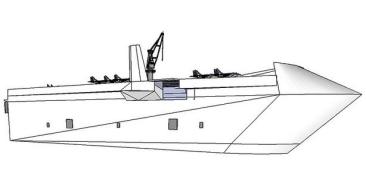
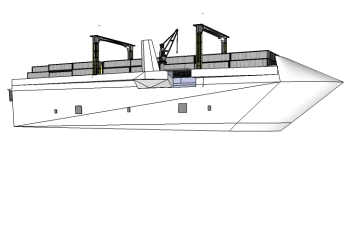
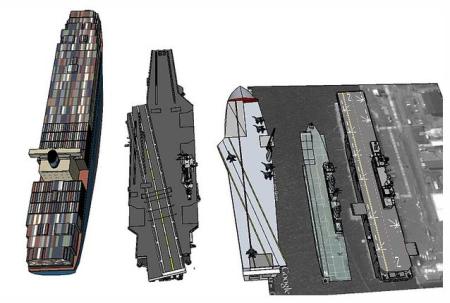
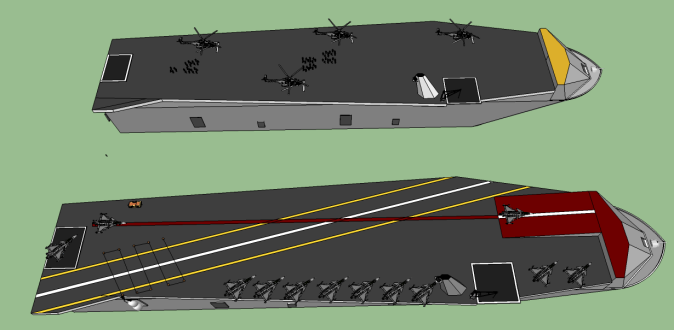
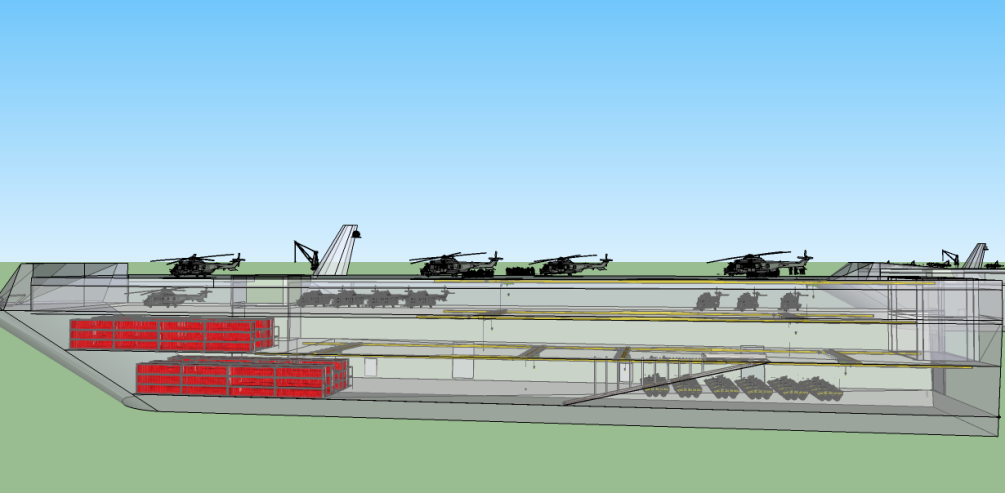
Project Protean....I had read somewhere that the Australians had considered converting a civilian ship into an aircraft carrier to replace HMAS Melbourne. Does anyone have any more info ?
Wait until you hear about sponsons.that could soak up more punishment that standard carrier….due to inert rows being crush space.
